Possessing the roof of Vietnam - Hoang Lien Mountains soaring skyward, Northwest Vietnam has its long shadows concealing some best-kept secrets of Vietnam. Landscapes in the mountainous area are described as gathering in a rich palette, which providing some of the most spectacular scenery in Vietnam. Northwest Vietnam is also the residence of hill tribes who are in elaborate costumes. Cultures of ethnic minority groups in this region are diverse and contribute greatly to Vietnamese culture. Although being one of disadvantageous regions in Vietnam in term of geography, Northwest Vietnam attracts people from everywhere to come and discover. Seemingly, the mountainous area brings something mysterious, which appeal curiosity of both domestic and international tourists. Striking scenery and a series of challenges in this region are looking for your explorations and experiences.
Area: 5.64 million ha
Population: 3.5 million people

Northwest is the mountainous area in the northwest of Vietnam. The region has borders with Laos and China. Northwest is also commonly known as North northwestern Vietnam, and one of 3 natural geographical sub-regions of North Vietnam. Northwestern geography in Vietnam is characterized by rugged terrain with high mountains running from northwest to southeast. Hoang Lien Son Mountain Range, the roof of Vietnam has a length of 180 km, width of 30 km, with a number of mounts at the height from 2800m to 3000m. Typical rivers in this region are Da River and Ma River which contribute greatly to generating hydraulic power in North Vietnam in particular and all Vietnam in general. Major topography in this region is limestone plateau stretching from the Phong Tho to Thanh Hoa. The plateau can be also subdivided into plateaus of Ta Phin, Moc Chau, and Na San; and basins of Nghia Lo and Muong Thanh.
Northwest mainly consists of medium and alpine mountains. This area has the most fragmented, dangerous and highest terrain in Vietnam. Popular northern midland and mountainous terrain types are high mountain ranges, deep valleys or gorges area, and limestone plateaus with an average altitude. Belonging to this area, Hoang Lien Son range is worth the highest and most voluminous mountain with many peaks over 2500m height, of which Fansipan is the tallest one (with 3143m). Northwestern nature is quite diverse with many sub-region with characteristic topography, soil, climate, and hydrology. Vietnam weather in the northwest is clearly characterized by continental climate with extreme weather phenomenon. Daytime temperature range is quite large. Many places have all 4 seasons in a day such as Moc Chau plateau. According to geographers, the Northwest Vietnam is not only rich in natural unearthed resources such as land, forests, vegetation, flora and fauna system, but also wealthy in unexplored fossil resources, especially in rugged remote areas.
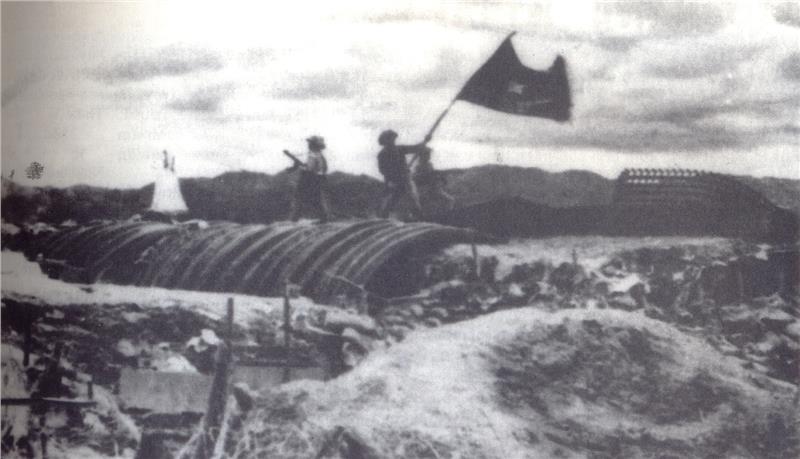
The geographical history of Northwest Vietnam began 500 million years ago until now. From the beginning, this region was covered by the sea, there were only a few peaks of Hoang Lien Son Mountains Range, and Ma River Range emerged above sea level. Gradually, the sea drawn away covered back during hundreds of millions of years. In this process, there is a strong subsidence, contributing to the formation of shale and limestone floors. In late Paleozoic (about 300 million years ago), Hoang Lien Son Mountain Range, and Ma River Range had been raised up. For 150 million years ago, as a result of orogeny cycle of Indochina Mountain, the Northwest was raised with a margin of up to 1000 meters. In the Northwest, the French colonialism created the autonomous Thai region, or Sip Song Chau Tai including 12 provinces of the Dai. In 1955, the Thai-Meo Autonomous Region was established, consisting of three provinces of Lai Chau, Son La and Nghia Lo. And, the region was known as the Northwest Autonomous Region. This Autonomous Region was dissolved in 1975. During the course of building and protecting Vietnamese territory, the Northwestern people and topography of this region played an important role in battles and revokes against invaders to retain Vietnamese autonomy. Typically, in the period of French resistance, Northwestern region witnessed a series of fierce battles and military campaigns, especially Battle of Dien Bien Phu, Na San Battle during Indochina War.

People living in Northwestern Vietnam belong to ethnic minority groups such as H ‘Mong, Dao, Thai, Muong, Tay etc. H ‘Mong and Dao people reside everywhere in Northwestern region, especially in Sapa (Lao Cai) and Yen Bai. Hoa Binh is residence of Muong and Thai groups. Among those groups, Thai group accounts for the largest number of population in this region. In general, living area in the northwest of Vietnam is divided into three sub-regions: low valleys where Muong and Thai groups live, mountainsides where tribes Khomu, Mang, Khang, Xinhmun reside, and groups of H ‘Mong and Dao live in high hills. Muong ethnic people live majorly in the south of Northwest. However, the population density in this region is different, which defines differences in culture and customs of these ethnic minority groups.
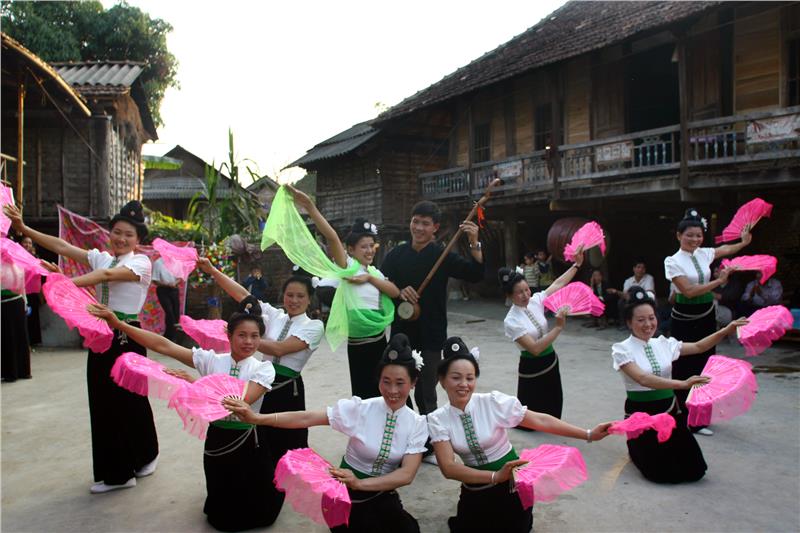
Meeting local people of ethnic minorities, exploring unique features of their language and culture are highlights in trips to mountainous northwest of Vietnam. Some ethnic groups have settled in Vietnam for thousands of years, while others newly migrated from China in the past 100 years. Local people are very friendly, extroverted and invite you to buy their unique handicraft products. Across the Northwest region, you will see communities of Hmong, Dao, White Thai, Black Thai and Muong groups and have a chance to explore their colorful cultures. Northwest Vietnam is the cultural space of Thai ethnic group which is famous for typical dances, especially Xoe dancing (Spread dancing). Thai group has the largest population in this area. Besides, there are about 20 groups like Hmong, Nung, Tay, and Dao living in this region. Once coming to mountainous northwestern area in Vietnam, you will not forget the image of Thai girls in colorful and brilliant dresses. Vietnam culture in Northwest is various, associated with settlements of long-standing residents from different places and periods.
Almost ethnic groups in Vietnam use mother tongue to communicate in daily life. However, owing to the difference in population, living areas, social qualification, the mother tongues of these ethnic groups are different in communicative function. In the northwestern area, apart from speaking Vietnamese within an ethnic community, a large number of Mang and Xa Pho ethnic groups only speak their own languages. Such common languages spoken in Northwest are Thai, Mong, Tay, and Nung.

Northwest is the region having favorable conditions to develop wet rice cultivation. Thus, characteristic of economic activity in valleys is terraced paddy fields with a complex technical system of delta region, associated with the cultivation of wet rice fields, and irrigation systems. In addition, residents also conduct activities of animal husbandry, handicraft production, hunting, farming, fishing, and gathering forest products. However, along with working on the fields, residents living in valleys also join the cultivation and exploitation of resources in forests which are quite diverse and abundant, enriching material and spiritual life of local people. For residents in the mountainsides (mostly Mon-Khmer), their economic activity is mainly operated on low upland fields. Their farming history started many years ago, but due to the historical situation, they had to turn to economic activity of upland fields. Although they have little experience on cultivation methods, they mostly burn, dig holes, sow seeds, which brings low productivity, and results in nomadic phenomenon.
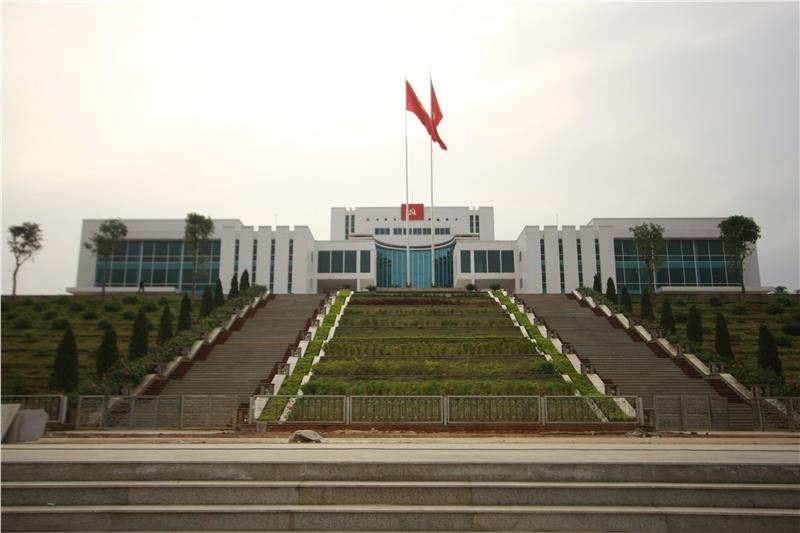
In term of administration, Northwest Vietnam consists of six provinces: Hoa Binh, Son La, Dien Bien, Lai Chau, Lao Cai, and Yen Bai. The total area of this region is over 5.64 million hectares with the population of 3.5 million of people. Although some parts of Phu Tho Province and two other ones as Lao Cai and Yen Bai are located in the right bank of the Red River which runs through these provinces, the administrative boundaries of this region does not include Phu Tho. The Northwest Steering Committee headquarter is situated in Yen Bai City (Yen Bai Province). Northwestern part is playing a crucial role in national defense and security. Currently, this region is protected by the Second Military Region under Vietnam People’s Army.
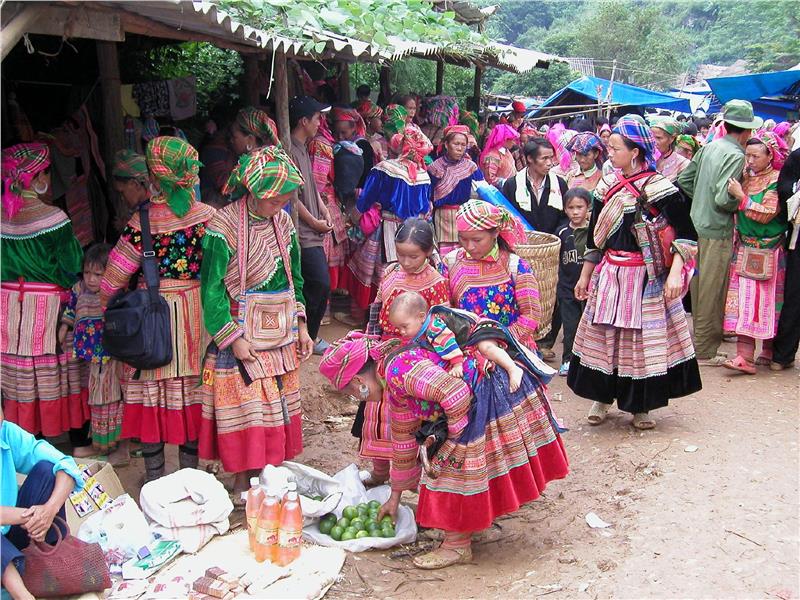
Society in Northwest is characterized by practiced customs of ethnic minority groups in this region. For example, H ‘Mong people live in mountains. Their houses are built in three parts. The middle part is the place of worshipping ancestors. They live at an altitude of over 1500m above sea level. H ‘Mong children have to walk to school on cliff path. H ‘Mong people plant wet rice, wheat, corn, feed pigs and goats. Their handmade products include textiles, carpets and furniture. You often encounter Black H ‘Mong in dark indigo dress and dark cylindrical hat on the rice fields in Sapa. The Dao group is one of the most populous and unique ethnic minorities living across the mountainous Northwest. Red Dao people live mainly around Sapa Town. Red Dao women wear vibrant costumes with red headscarf and silver jewelry. In the general picture of the Northwest ethnic groups, cultural nuances are quite diverse. The cultural features are reflected through buildings, costumes, cuisine, family relationships and community, forms of social organization.
Tourism
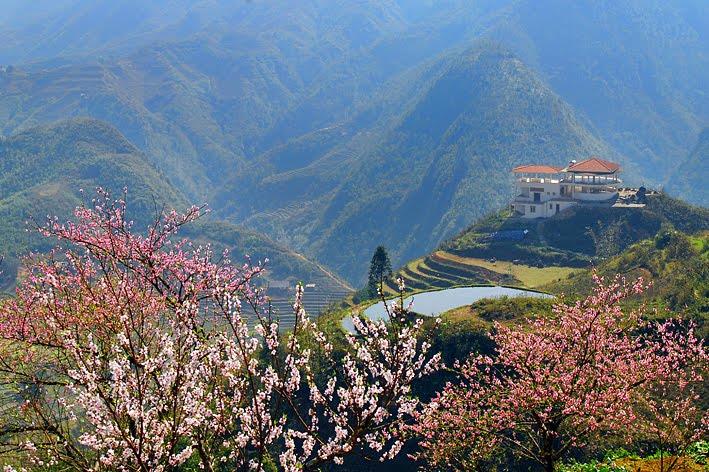
As being a potential land with many advantages to develop tourism, the Northwest is home to more than 30 ethnic groups with a vast cultural space. In recent years, tourism becomes one of the most important economic sectors in this region, contributing positively to the development of Vietnam society and economy in this region. Northwest possesses many spectacular landscapes and historical relics, diverse ecological system and colorful and unique cultural features. Famous tourists destinations in Northwest fascinate tourists from all over the world are Sapa, Dien Bien Phu, Mai Chau – Hoa Binh, Fansipan Mountain, and other traditional cultural activities. Tourism in Northwest is being exploited and developed with the support of Vietnamese government.
Festivals

Traditional festivals in Vietnam are very diverse, abundant and spread throughout the country. In each region, festivals have different traits and values. Traditional festivals provide an opportunity for people to exchange public feeling, transmission of moral, emotional, fine and noble aspirations. Typical festivals in Northwest are Hoa Ban Festival, festivals of Muong people, and Long Tong Festival. These traditional festivals are occasions of bringing a sense of serenity, recalling the merits of ancestors. Festivals in Northwest are often organized in spring. These festivals attract a lot of attention of tourists.
